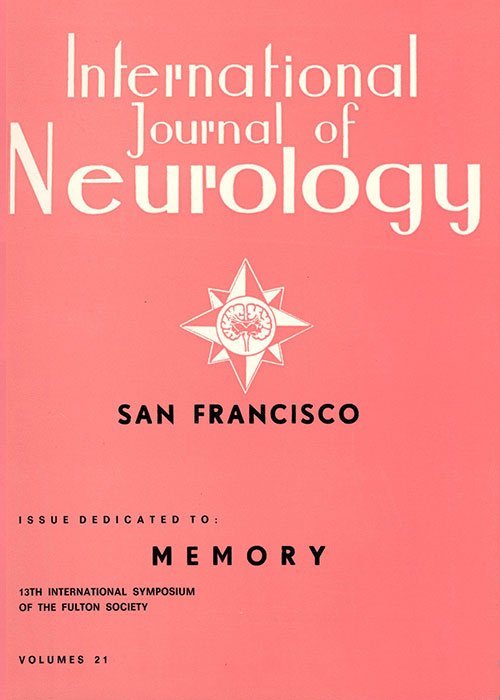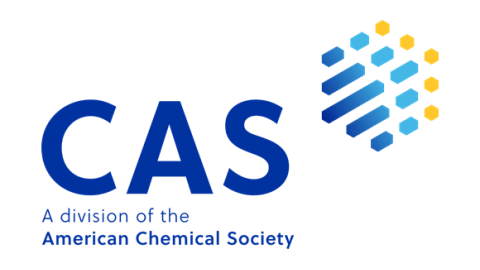Full Issue
DOI:
https://doi.org/10.62486/ijn198741Abstract
The combined issue (Numbers 1–2–3–4) of Volume 21 of the International Journal of Neurology (1987) was dedicated to Memory, offering one of the most comprehensive interdisciplinary examinations of the biological, cognitive, and clinical mechanisms underlying memory formation, storage, and loss. Edited by Víctor Soriano, the volume bridged experimental neuroscience, cognitive psychology, pharmacology, and clinical neurology, reflecting the decade’s expanding interest in neuroplasticity and learning processes.
The issue opened with Rebecca Rausch’s paper on the anatomical substrates of interictal memory deficits in temporal lobe epilepsy, identifying hippocampal and parahippocampal structures as critical for memory impairment independent of seizure activity. Joe L. Martínez Jr. and Susan B. Weinberger explored the modulation of memory traces, analyzing how experimental manipulations can strengthen or weaken memory through reinforcement or inhibition.
A provocative contribution by Maurice Victor argued for the irrelevance of mammillary body lesions in Korsakoff’s amnesia, challenging long-held assumptions about diencephalic structures in memory pathology. James L. McGaugh and Inés B. Introini-Collison presented a landmark study on hormonal and neurotransmitter interactions in memory modulation, highlighting the amygdala’s pivotal role in the emotional enhancement of memory storage.
Thomas Crook, Hadi Bahar, and Abraham Sudilovsky addressed age-associated memory impairment, proposing diagnostic criteria and discussing emerging pharmacological interventions for cognitive decline. Stephen Grossberg, Daniel Levine, and Néstor Schmajuk developed a computational model of associative learning, demonstrating how neural networks can use reinforcement and attention mechanisms to predict and regulate learning outcomes.
Arthur W. Epstein posed a speculative question in “Can Memories Be Encoded Across Generations?”, exploring possible epigenetic and behavioral inheritance mechanisms. Barry A. Turnbull and Lyle H. Miller investigated peptide effects (MSH/ACTH 4–10) on delayed response performance in rats, linking neuroendocrine regulation to cognitive aging, while C. A. Barnes studied neurological and behavioral correlates of memory failure in aged animals, documenting changes in hippocampal plasticity.
Two foundational papers by William T. Greenough and T. J. Teyler analyzed long-term potentiation (LTP)—both behaviorally and electrically induced—as the principal cellular mechanism for memory formation, cementing LTP as a central concept in modern neuroscience. Abraham Sudilovsky and collaborators extended the biochemical perspective with data on angiotensin-converting enzyme and memory, integrating preclinical and clinical findings on cognitive pharmacotherapy.
Collectively, this issue synthesized cutting-edge research on the neurobiology of memory, emphasizing the interdependence of hormonal, synaptic, and structural factors. It marked a transition from descriptive neurology to mechanistic neuropsychology, positioning IJN as a forum for the emerging field of cognitive neuroscience.
Downloads
Published
Issue
Section
License
Copyright (c) 1987 International Journal of Neurology (Author)

This work is licensed under a Creative Commons Attribution 4.0 International License.
The article is distributed under the Creative Commons Attribution 4.0 License. Unless otherwise stated, associated published material is distributed under the same licence.







